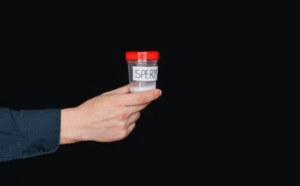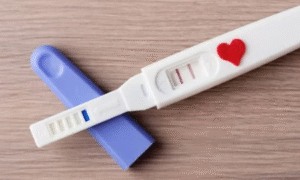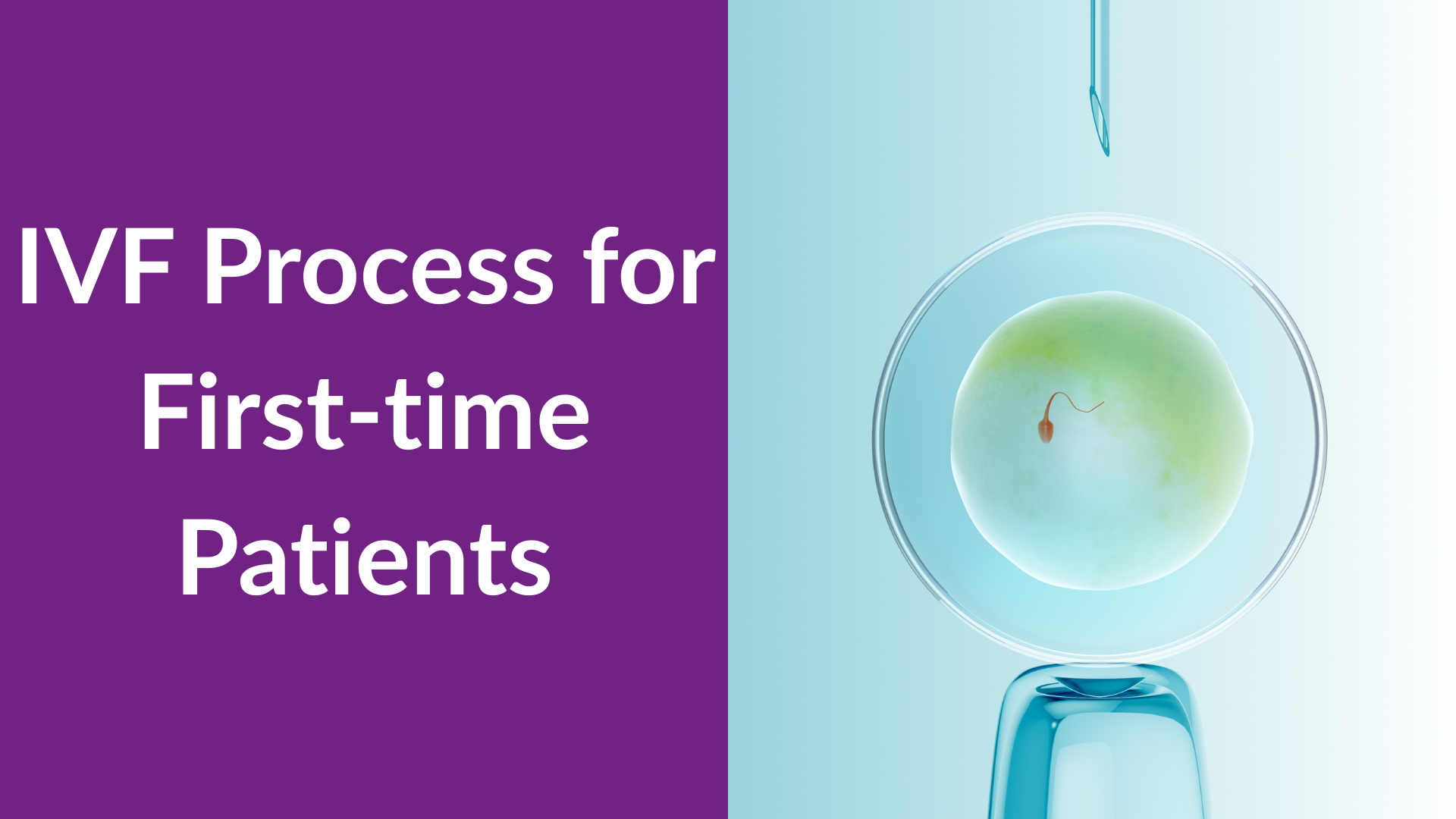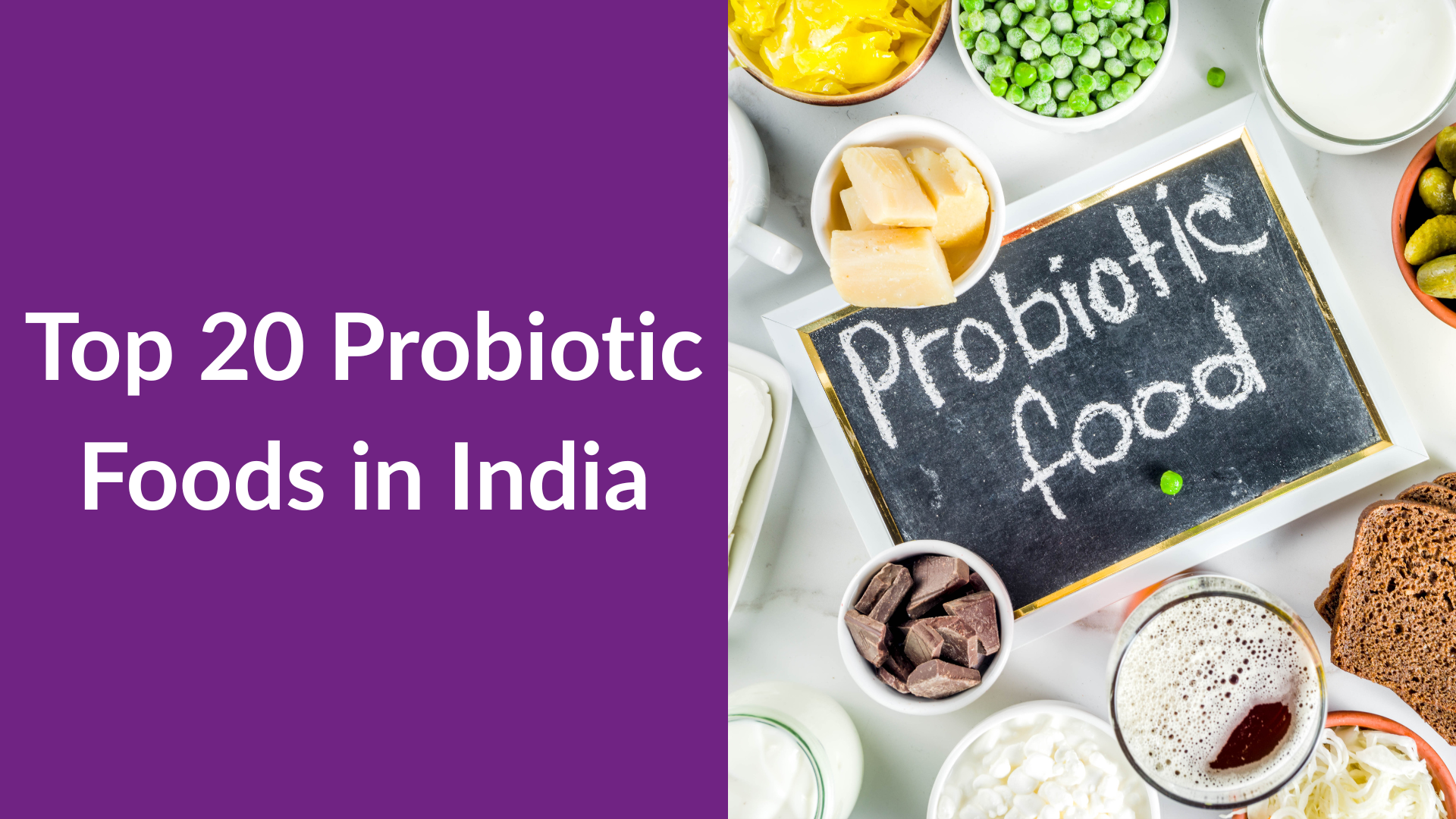Beginning the In Vitro Fertilization (IVF) journey for the first time can be a mix of excitement and uncertainty. This guide walks you through each stage of the IVF process to help assist you in staying knowledgeable and confident throughout each stage of the process.
What Is IVF?
IVF, or In Vitro Fertilization, is an advanced fertility treatment used to help individuals or couples conceive a child. The procedure includes collecting eggs from the ovaries, combining them with sperm in a laboratory setting, and then transferring the developed embryo(s) into the uterus.. IVF is commonly recommended when couples face issues like blocked fallopian tubes, male infertility, or unexplained fertility problems.
IVF Process for First-time Patients
Step 1: Initial Consultation

Your IVF experience begins with a detailed meeting with a fertility expert. During this session, the doctor will review your medical background and any previous fertility treatments. To build a personalized plan, several tests may be performed—such as hormone checks, ultrasounds, and semen analysis—to evaluate your reproductive health.
Step 2: Ovarian Stimulation
You’ll be prescribed daily hormone injections over a span of 8 to 14 days. These injections will stimulate the ovaries to produce multiple mature eggs, regular monitoring via blood work and ultrasound scans helps your doctor track progress and make necessary adjustments.
Step 3: Egg Retrieval Procedure
Once the eggs are mature and ready, you’ll undergo a brief outpatient procedure, usually conducted with light sedation.. Using ultrasound guidance, the doctor retrieves the eggs through a thin needle inserted via the vaginal wall.
Step 4: Sperm Collection & Fertilization

On the same day as the egg retrieval, a sperm sample is collected, either from a partner or a donor. The top-quality sperm are then chosen and mixed with the eggs in the laboratory. If needed, a special technique called ICSI (Intracytoplasmic Sperm Injection) may be used to inject a single sperm directly into each egg.
Step 5: Embryo Culturing
Following fertilization, the embryos are carefully observed in a laboratory setting over the course of several days Embryologists assess their development and choose the most viable ones for transfer. Any additional healthy embryos may be frozen for potential future use.
Step 6: Embryo Transfer
The most viable embryo(s) are carefully introduced into the uterus using a soft, flexible catheter. This is a simple and generally discomfort-free procedure that typically doesn’t require anesthesia. After the transfer, you might be asked to rest for a short period and will begin medications prescribed to support the implantation process.
Step 7: Post-Transfer Guidelines
Strict bed rest is not necessary, but it’s important to avoid heavy physical exertion, high stress, and intense activity. Continue all prescribed medications, and attend follow-up appointments as instructed by your care team.
Step 8: Pregnancy Testing

About 10 to 14 days after the embryo transfer, a blood test is performed to measure your hCG levels, the hormone that confirms pregnancy. If the result is positive, additional scans will be scheduled to monitor the development of the embryo.
Emotional Wellness During IVF
First-time IVF patients often experience a wide range of feelings—from hope and joy to anxiety and uncertainty. Providing emotional support is equally vital as offering medical treatment throughout the IVF journey. Whether through counseling, peer support groups, or loved ones, staying connected can make the journey easier.
Conclusion
While every IVF story is unique, you are never alone on this path. With expert care, reliable information, and emotional encouragement, you can move forward with greater confidence and hope.




